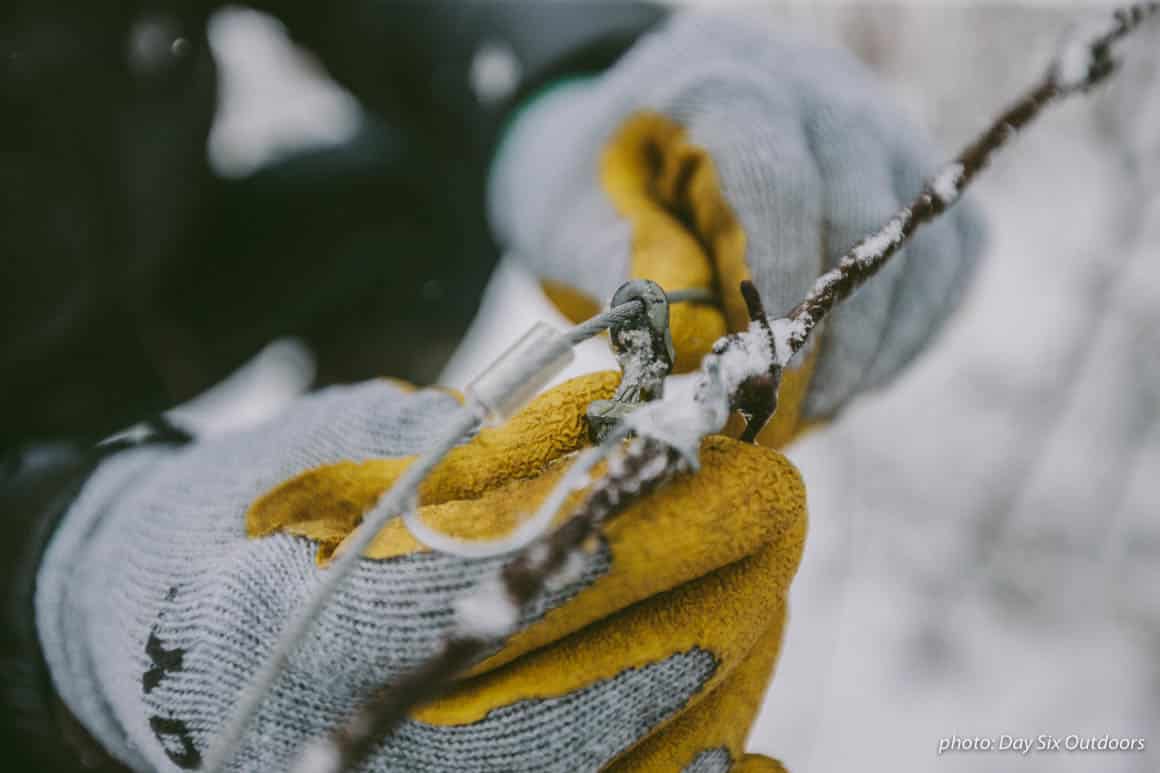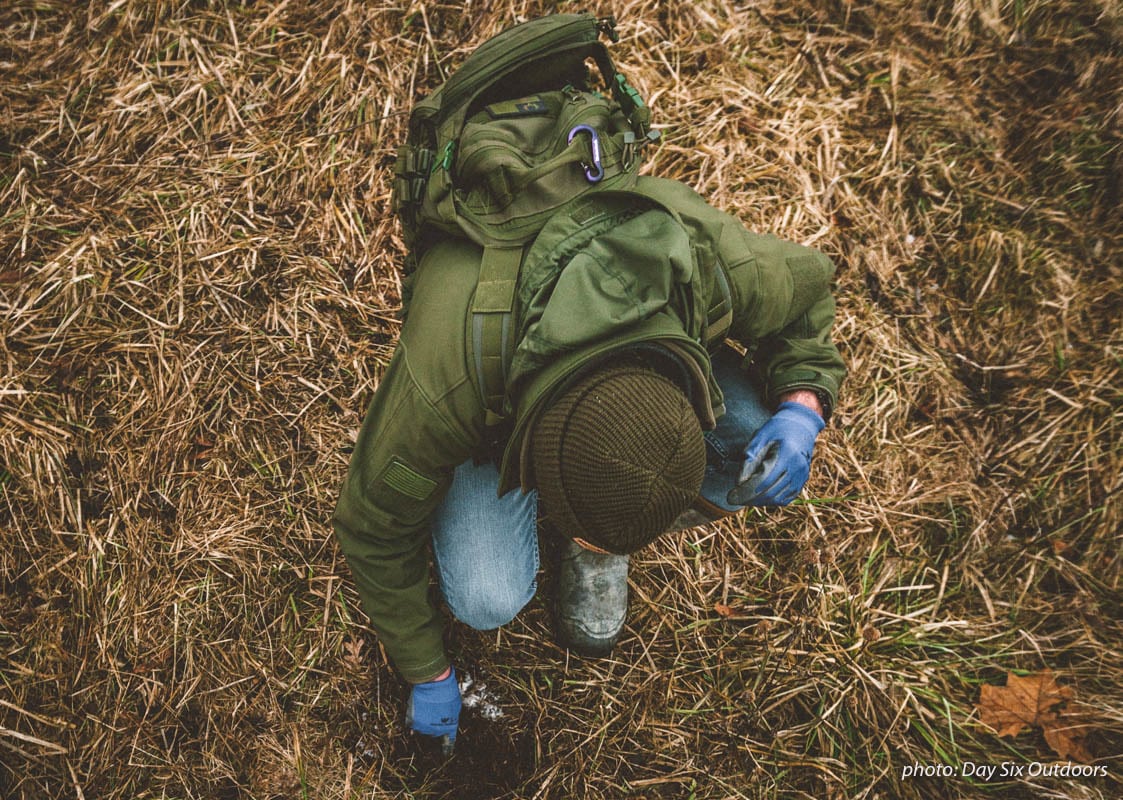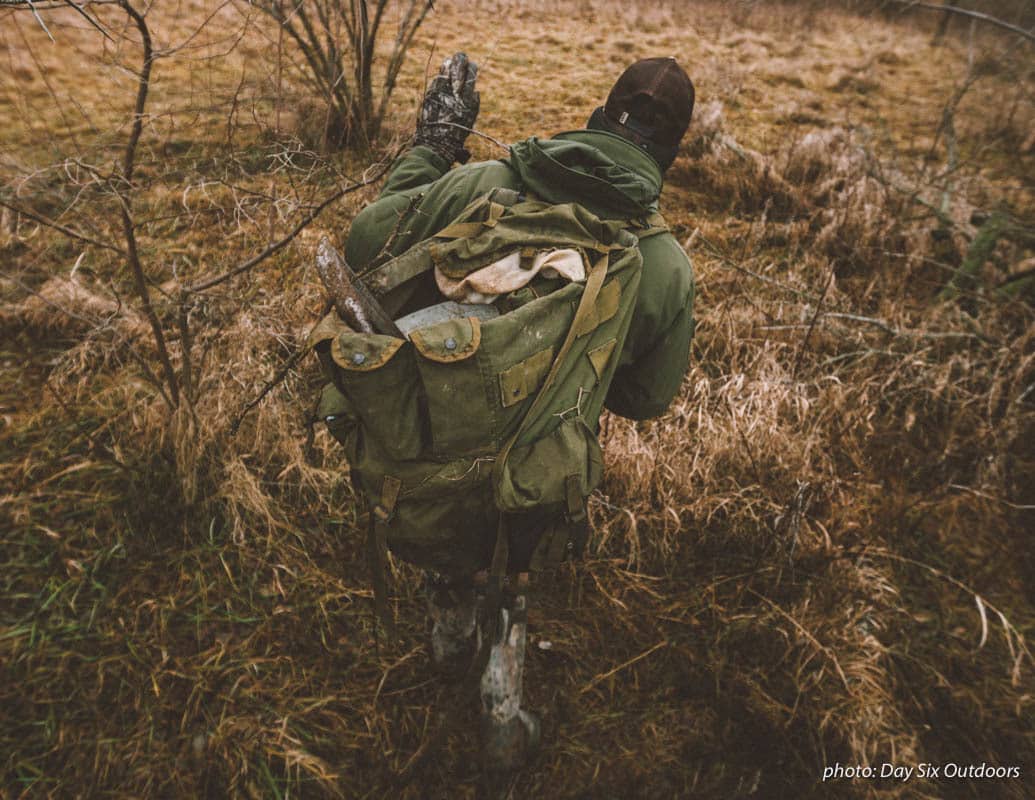Five Reasons To Reconsider Trapping
Why trap? Maine biologist Jeremiah Wood shares the history and culture surrounding trapping.
Trapping has a rich history in the United States. It was the fur trade that lured early explorers and mountain men to the West in search of valuable beaver pelts. In today’s world, though, many folks think of trapping as an activity relegated to the past. It’s something our dad or grandfather talks about having dabbled in as a kid, but nobody really traps these days, right?
Though it’s not as common as it used to be, trapping still is alive and well in much of rural America, with an estimated 175,000 trappers nationwide. And while fur prices aren’t nearly as lucrative as they were when the old timers made their living harvesting fur, trapping remains as important in today’s society as it’s ever been. Here are a few key reasons you might consider trapping:
Fur
You won’t get rich trapping for fur these days, but pelts from each species trappers pursue still have value. As recently as the fur boom in the late 1970’s, a trapper could make a full-time living in just a couple of months a year. Over time, fur diminished as a fashion item in American and European cultures and much of the market share in the fur industry has shifted to ranched fur. Even with this shift, wild-caught fur still makes up as much as 20 percent of the estimated $15 billion global fur industry, now dominated by a new middle class in emerging economies like Russia and China.
A few exceptional trappers in areas with high-quality fur can make a good portion of their living trapping fur. For the most part, however, the “fur check” ranges from something that pays the gas bill to a decent supplemental income in the winter months. At the end of the day, it’s pretty awesome to enjoy an outdoor activity that results in a paycheck at the end of the season.

Animal Damage
In many places, the most economically important reason to trap has nothing to do with selling fur. With fewer trappers out on the land and abundant populations of unharvested furbearers, damage to crops, livestock and infrastructure is significantly increased. Add increased human development into the mix, and you have a recipe for problems.
Beavers plug culverts and build dams, flooding roads, crop fields and lawns. Muskrats dig holes in farm ponds and levees. Raccoons get in the corn crop and the garbage. Coyotes kill beef calves and sheep, while fox pick off turkey poults and backyard chickens. When kept in check through sustainable harvest, these furbearers are an important part of the environment. But too many in the wrong places can spell trouble.
Trappers play an important role in helping with this balance by removing problem animals. Some are professional animal damage control trappers who resolve these problems for a fee, while in other cases a recreational or part-time fur trapper will help landowners with damage for nothing more than permission to trap their land.
Food
Not all furbearers are fit to eat, but a few offer the added benefit of a quality food source from the trapline. Beaver, in fact, are often accepted as excellent table fare. In past years, muskrats were commonly a popular food item in restaurants, particularly near the marshes of New Jersey and Maryland. In the South, raccoon have always been a popular food item and demand for coon meat is still high in places. Where they’re caught, some trappers even eat bobcat and lynx meat. Meat from these species can add some variety to the mix of wild game in your freezer.

Wildlife Management
In recent decades, trapping has become widely accepted as a critical tool wildlife biologists use to monitor and restore furbearer species. The same traps and snares used by fur trappers have been used successfully to capture and relocate wolves, otters and other furbearers to reintroduce populations and expand their range. Trappers also provide catch and effort data, submitting samples from trapped furbearers to biologists in many states to help inform better wildlife management.
Trapping also benefits wildlife populations by controlling predation on sensitive species. Many coastal shorebird populations have recovered after trappers removed foxes, raccoons, skunks and other predators. Full-time trappers have been engaged in a long-term battle to remove foxes from many of Alaska’s Aleutian Islands due to their impact on native birds. Game farms and hunting clubs often suffer serious predation losses that can be solved by targeted trapping efforts as well.

Culture
Trapping provides income, reduces animal damage, can be a food source and is an important tool in wildlife management. But if you ask a trapper why they do it, you’re unlikely to hear any of those reasons rise to the top of their list. We trap because we love to trap. It’s the challenge, the excitement, the reward. It’s the anticipation, planning and time with friends and family. It’s the same reason we fish, the same reason we hunt. It’s culture and tradition.
It’s hard to explain. It’s trapping. And once you try it, it’s tough to quit.
Jeremiah is a biologist with the State of Maine and runs Trapping Today, a website dedicated to providing information and entertainment to the modern trapper. Find more from him at www.trappingtoday.com.
header image: Day Six Outdoors